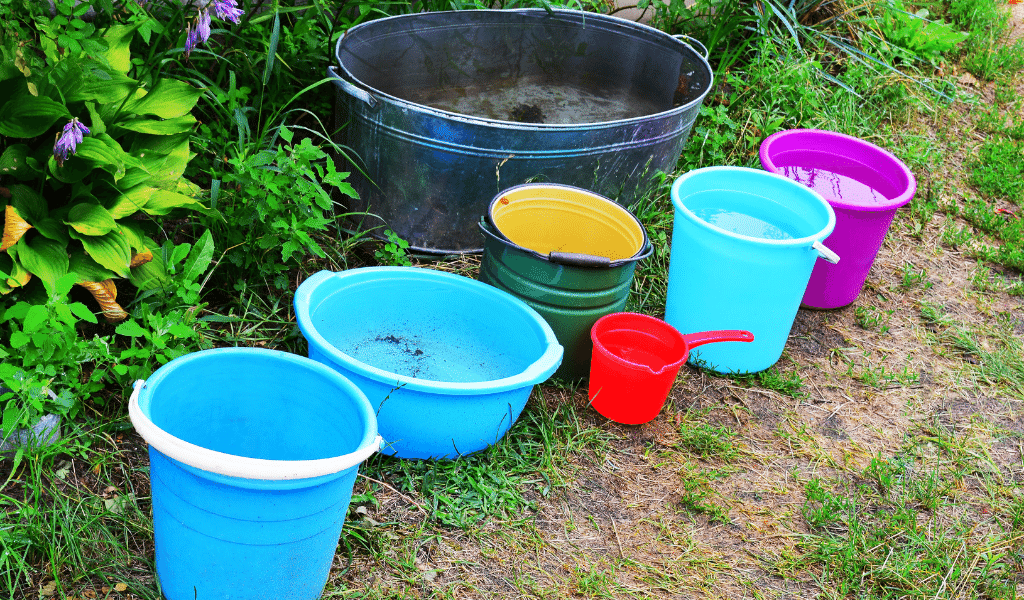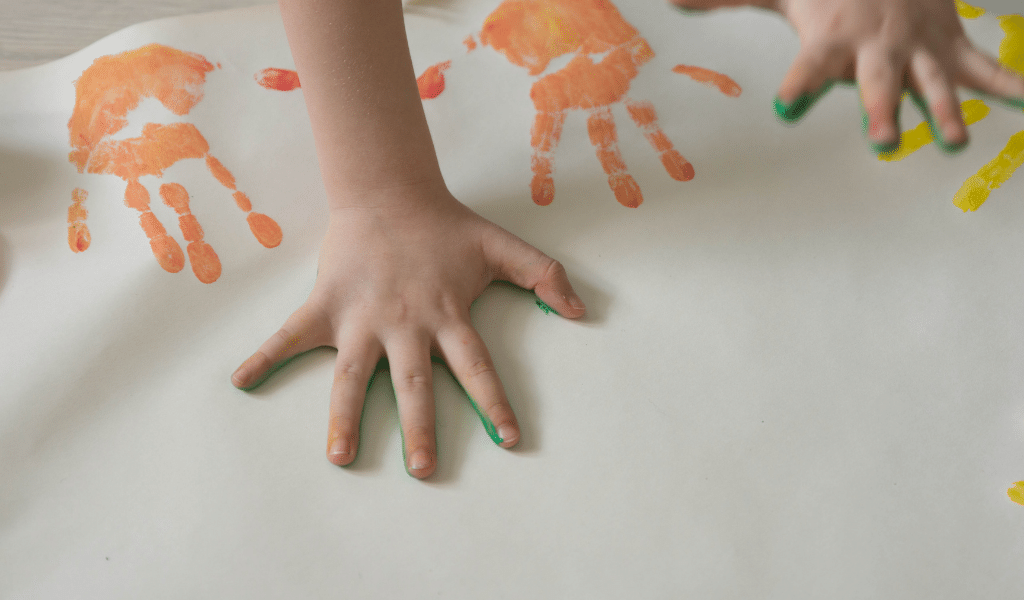We all know only too well how difficult it can be to think of and create stimulating and engaging activities and opportunities for babies and toddlers within our early years settings. But it doesn’t have to be!
And we all have a habit of overcomplicating our environments, pedagogy and the experiences we provide, often thinking that we need to do more, when in reality, particularly in regards to children’s play and learning: less is definitely more!
The early childhood activities in this blog have been chosen as they are quick, easy to set up and accessible – but also provide a wealth of learning and development opportunities for our youngest children.
It can be tricky to know how to develop the fine motor skills of our youngest children, particularly as the focus always seems to be on gross motor milestones like crawling, pulling to standing and walking. But in order for children to develop these bigger movements, they must first have opportunities to practice and develop their fine motor skills too.

We must of course be mindful that ‘fine motor’ often means ‘smaller’ objects which for children of this age can be a concern, however, it doesn’t need to be! The simplest, but most engaging and stimulating fine-motor activities and opportunities can often be created by things you can find around the home, that don’t pose any risk at all!
For example:
Water play is a firm favourite for many babies and toddlers. And it’s so easy to create exciting and engaging experiences to fit with your themes and children’s interests, with objects and resources you already have in the setting or within your provision!
You could try:

Browser boxes are a fun and exciting way of utilising the resources you already have and displaying/offering these in an exciting, open-ended and engaging way. Just collect, display and arrange objects of interest in a box or selection of trays/boxes and leave for children to explore – it’s that simple!
You could ‘theme’ your browser boxes based upon the children’s interests, on colours, on seasons, or just interesting open-ended objects for them to explore. Browser boxes really are an endless opportunity for fun, exploration and learning!
We’ve mentioned before the development of fine-motor skills in our youngest children and how these opportunities can often be over-complicated in our minds. It’s tempting to feel as professionals that these need to be complex in order to develop the necessary skills, but again, mark-making is no different!
Even the simplest opportunities to make marks develop hand-eye coordination and fine motor skills, helping children begin to make the connection between their movements and the marks they make.
For our babies and toddlers, these early mark-making opportunities could look like:

Schemas are an essential part of children’s early play and development and whilst we cannot ‘plan’ for a particular schema, we can provide a range of open-ended resources and opportunities to support: Connection, Enclosure, Enveloping, Orientation, Positioning, Rotation, Trajectory, Transforming, and Transporting.
To help children explore and immerse themselves in schematic play, you could include providing resources like:

Baby’s brains are so busy and constantly making new connections. As practitioners, we can do so much to support these connections and efficiently aid their learning and development holistically by doing and providing very little. Often the only complicated parts of our practice and our provision are the expectations and ideals we place upon ourselves. When in reality, the things babies and toddlers need the most are actually very simple…
A knowledgeable and loving practitioner, a supportive and engaging learning environment and a diverse range of stimulating and engaging opportunities and experiences are all our youngest children really need in order to play, learn and develop.
Chloe Webster is an ‘Outstanding’ childminder at Pebbles Childcare alongside owner, Bridgit Brown. Pebbles were the first winners of the Nursery World ‘Childminding Business of The Year’ Award and have been twice shortlisted for ‘Early Years Setting of The Year’ at the prestigious TES School Awards. Chloe is a board trustee at PACEY and also runs her own social media consultancy business.